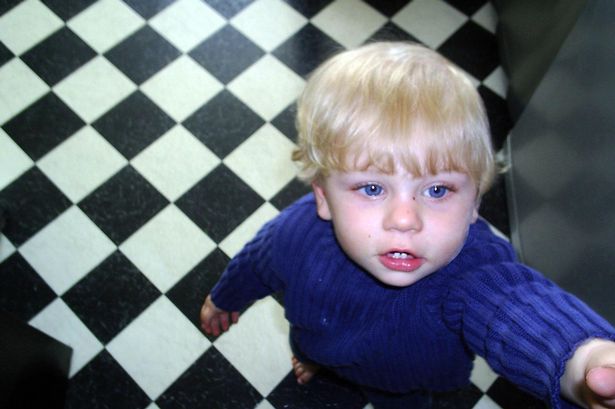The tragic case of Baby P, whose real name was Peter Connelly, remains a chilling example of systemic failure and horrific child abuse within the UK’s child protection system. Over a period of eight months, Peter endured unimaginable suffering at the hands of his mother, Tracey Connelly, her boyfriend, Steven Barker, and Barker’s brother, Jason Owen. This sustained abuse culminated in Peter’s death on August 3rd, 2007, at the age of just 17 months. He had suffered over 50 injuries, including a broken back, broken ribs, missing fingernails, and a severed fingertip. The level of brutality inflicted upon this vulnerable child shocked the nation and sparked widespread outrage and investigations into how such a tragedy could have occurred despite numerous contacts with social services and healthcare professionals.
Connelly, Barker, and Owen created an environment of terror and violence for Peter. Connelly, consumed by her relationship with the abusive Barker, neglected her fundamental duty as a mother to protect her child. She allowed Barker, a man with a history of violence and cruelty towards animals, unrestricted access to Peter. Barker, along with his brother Owen, subjected Peter to systematic abuse, inflicting injuries that no child should ever have to endure. The home environment was described as chaotic and squalid, further compounding the neglect and abuse Peter suffered. Despite several visits from social workers, health visitors, and doctors, the extent of Peter’s ordeal remained tragically undetected. Professionals missed crucial signs, misinterpreting injuries and failing to piece together the escalating pattern of abuse. This failure to intervene effectively allowed the abuse to continue unabated, ultimately leading to Peter’s agonizing death.
The public outcry following Peter’s death focused on the failures of Haringey Council’s children’s services department, the same local authority that had failed Victoria Climbié several years earlier. A series of serious case reviews exposed a litany of errors, including inadequate communication between agencies, poor record-keeping, and a lack of professional curiosity and skepticism towards Connelly and Barker’s explanations for Peter’s injuries. Social workers, doctors, and police officers involved in the case were heavily criticized for their failure to recognize the escalating danger Peter faced. The case highlighted systemic weaknesses within the child protection system, emphasizing the need for greater vigilance, improved inter-agency communication, and more robust training for professionals working with vulnerable children.
The public’s demand for accountability led to several professionals being disciplined and dismissed from their positions. Sharon Shoesmith, the director of Haringey Council’s children’s services department, was removed from her post by the then Secretary of State for Children, Schools and Families, Ed Balls. While some argued that Shoesmith was made a scapegoat for wider systemic failings, others maintained that her leadership ultimately bore responsibility for the failures that contributed to Peter’s death. The case prompted a national review of child protection procedures, leading to significant reforms aimed at strengthening the system and preventing similar tragedies from occurring.
The sentences handed down to Connelly, Barker, and Owen further fueled public anger. Connelly was initially jailed for indefinitely, with a minimum term of five years, for causing or allowing the death of a child or vulnerable person. She was released on parole in 2013, but recalled to prison in 2015 for breaching her parole conditions. She was released again in 2019. Barker received a life sentence for Peter’s murder, with a minimum term of 12 years. Owen was jailed indefinitely, with a minimum of three years, for causing or allowing Peter’s death. These sentences, while substantial, did little to assuage the public’s sense of outrage and grief over the horrific suffering Peter endured. The case continues to resonate as a stark reminder of the devastating consequences of child abuse and the urgent need for a robust and effective child protection system.
The legacy of Baby P’s case has had a profound and lasting impact on child protection practices in the UK. It led to a greater emphasis on multi-agency working, improved information sharing between professionals, and increased training for those working with children at risk. The case also highlighted the importance of professional curiosity and critical thinking when assessing potential child abuse cases. The “rule of optimism,” where professionals sometimes give parents the benefit of the doubt even when there are warning signs, was heavily scrutinized. The case served as a wake-up call, emphasizing the need for professionals to prioritize the safety and well-being of children above all else. While significant improvements have been made, the ongoing challenge remains to ensure that the lessons learned from Baby P’s tragic death continue to inform and improve child protection practices, safeguarding vulnerable children and preventing further tragedies from unfolding.














